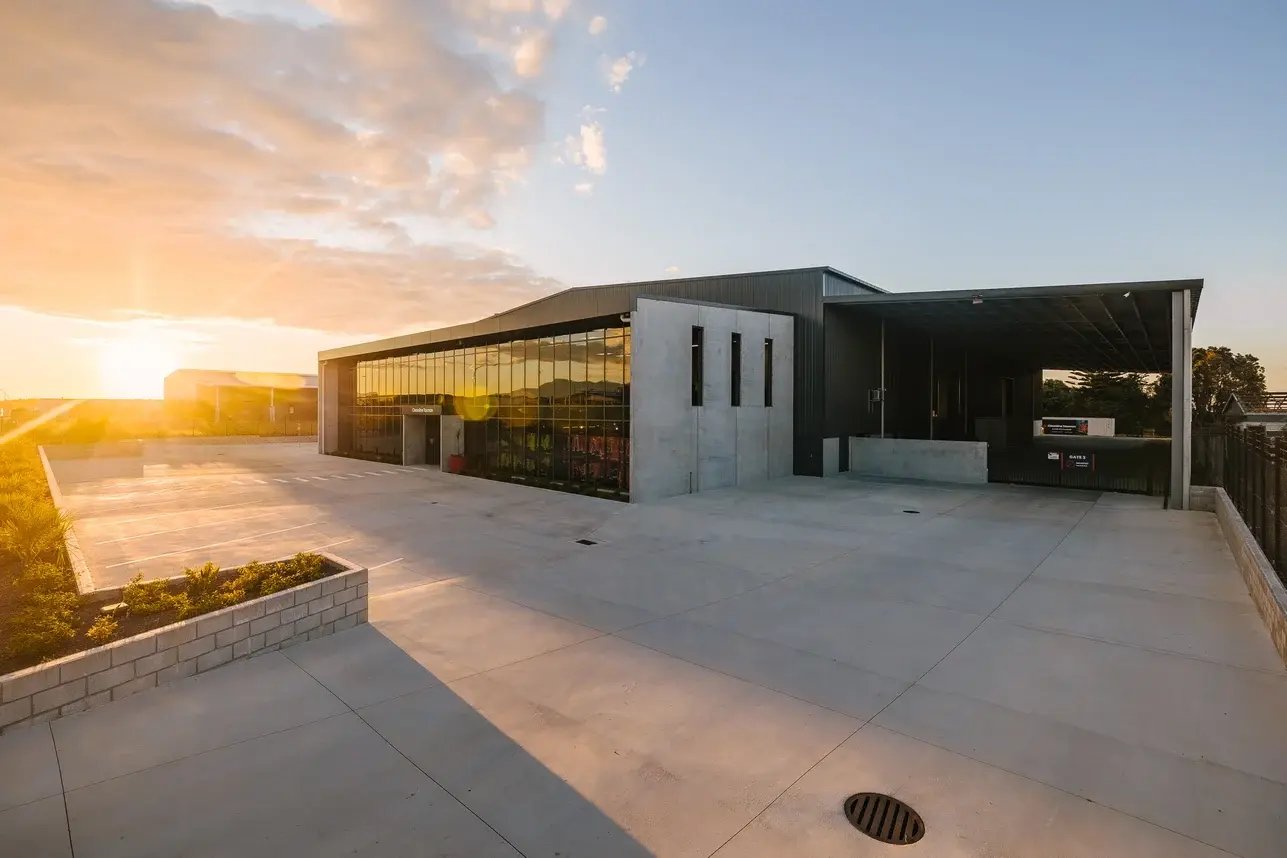

Related Posts

Commercial properties
Piling on Poor Ground in NZ: What You Need to Know
Learn how to handle poor ground conditions in NZ with cost-effective piling solutions and ...
Read More
Commercial properties
Roll-Formed vs. Structural Steel Buildings: Which Is Right for You?
Compare roll-formed and structural steel buildings to determine which system best suits your ...
Read More
Commercial properties
What Causes Project Timeline Blowouts in 2025 (and How to Avoid Them)
Learn key causes of project timeline blowouts and effective strategies to avoid them for successful ...
Read More
/Shade%20Systems%20offices%20and%20canopy.jpg?width=1200&height=900&name=Shade%20Systems%20offices%20and%20canopy.jpg)